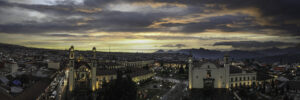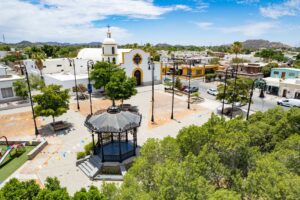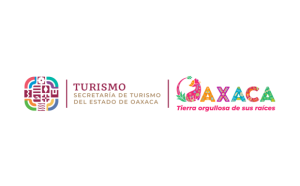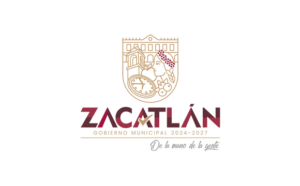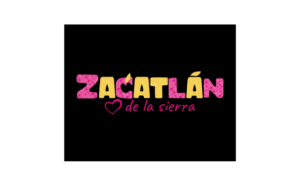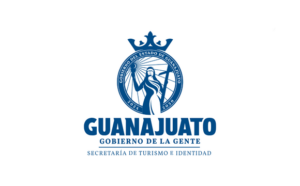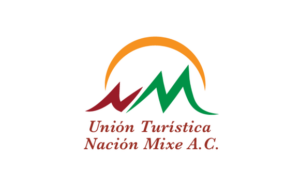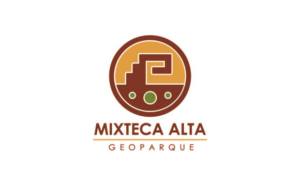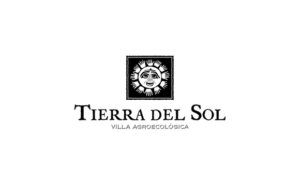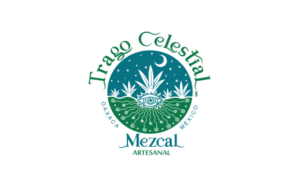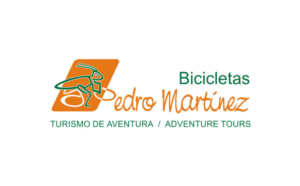Traveling with antibacterial gel, a mask, and following sanitization protocols was a challenge, and will keep being a challenge as long as the COVID-19 pandemic is not controlled. Most tourism companies like hotels, airlines and tour operators have implemented sanitization protocols in all their processes making travel safer, however, we as travelers are not yet used to the new way of traveling.
One of the tendencies that grew this year was traveling by car, locally and regionally. Short trips, to close places, in small groups, minimizing risks. This type of travel invites disconnection from our daily lives, but also incites a deeper connection with the places we visit because we are literally at the wheel of the experience.
If you miss travel, and want to go out and explore places around you, these are a few suggestions for you to explore next time.
Parras de la Fuente, Coahuila
147 kilometers from the city of Saltillo in the state of Coahuila Mexico is a magical town known as the “oasis of Coahuila”, recognized by its history of over 400 years and its wine industry that began in 1593, on the winery of the Marques de Aguayo. The San Lorenzo Hacienda, founded at the end of of the XVI century, and the first winery in america, and today is currently the home of Casa Madero, one of the most famous wine producers in Mexico, has a museum in which people can observe all the utensils used to make wine back then.
Parras de la Fuente offers a little bit of everything, from a delicious mexican gastronomy to adventure excursion to places like the Cañon de la Lima, characterized by its bluish stones, where you can hike, swim, climb and rappel fro over 4 hours in a 40 meter tall canyon with beautiful trails.
The downtown area is a perfect place for long walks amidst its streets and historical buildings, such as the Casa del Abuelo (house of the grandfather), an imponent porfirian building that was the residence of Francisco I. Madero, forefather and martir of the Mexican Revolution, whose hometown is Parras de la Fuente, as well as the towns aqueducts built at the beginning of the XX century. Amongst the best times to visit is the Anniversary of the Foundation of Parras on February 18; the celebrations of Santo Madero, every May 3rd and the wine harvest festival, organized by casa Madero, on August 9 and 10.
Jerez, Zacatecas
Only 57 kilometers away from the city of Zacatecas you can find the Magical Town of Jerez, a town full of history and beautiful neoclasic buildings, where according to locals, there is always a celebration and a party. Jerez is famous for its typical gastronomy, plates as the Asado de Boda Jerezano (wedding roast), Birria, Barbacoa, Chorizo Jerezano, Lengua Rellena, and typical candies like cocadas, compote pears, quince and apple jelly (ates), biznaga candy, camote de leche, and the traditional burritos de palma and gelatos.
Jerez has a strategic location for travelers that also want to enjoy nature. The town is located in a valley of warm climate and at the entrance of the Tlaltenango Canyon and the Sierra de Cardos, where you can find trails for hiking, zip lines, cabins to spend a few nights and many natural attractions.
The historical downtown of Jerez is so beautiful that it inspired the poems of Ramon Lopez Velarde. A walk through downtown includes sights like the quisco morisco at the Rafael Paez garden (the former central square), the sanctuary of Nuestra señora de la Soledad and the interactive House-Museum of Ramón López Velarde. Travelers can also stop and try local coffee and gastronomy in one of the many cafés downtown. Jerez is one of those towns in Mexico where time stops, which makes it ideal for a long weekend or a couple of weeks of home office from the tranquility of a Magical Town.
Durango, Durango.
The city of Durango is at the heart of Mexico, 898 kilometers north of Mexico City. Durango is the fourth largest state in Mexico, and the ninth least populated, which makes it ideal for a long season of home office away from the epicenters of the COVID-19 pandemic.
Durango is also the state of Mexico with more world heritage sites within the world heritage site of Camino Real de Tierra Adentro, 19 in total, and among them, the historic downtown of the City of Durango, that has nearly 1000 buildings with historic value, with architectural styles that go from neoclassical and baroque to neo gothic. The streets of the Centro Histórico also have the most historic buildings catalogued by the INAH (National Institute of Anthropology and History) in the north of the country, which gives the city tremendous cultural richness. The downtown is made to walk in, from the cobblestone street of Paseo de la Constitución with its cafes, restaurants and galleries, to the downtown trolley and the cable car make the visit a rich experience for everyone.
Its location makes it ideal for adventure travelers, with the Sierra Madre Occidental as its backyard in the central and west parts of the state, and the Sierra Madre Oriental on the east side, as well as the Sierras and Llanuras del Norte and the Mesa del Centro , that has canyons of up to 400 meters deep, plush valleys and forests, giant depressions like the Bolson de Mapimí, and naturals wonders like the Rosario Caverns, with a depth of more than 500 meters. In Durango you can find several eco-touristic centers, like Mexiquillo or Otinapa, where you can spend a day or a weekend practicing activities like rappel, mountain biking, zip lines, or simply spend a couple of nights on a cabin in the woods, resting and stargazing the beautiful and famous sky of Durango.
The beauty of its desertic and forest landscapes have made Durango a central character of the western movie genre, having been the set of movies like Fat Man and Little Boy, Bandits, Mask of Zorro among many others.The state has a series of movie sets that can be visited, like the mythical Rancho La Joya, which was owned by John Wayne and that appears in several of his movies, and Chupaderos and Paseo del Viejo Oeste, which are open to the public and are close to the city, making a visit an ideal activity for a day trips.
Durango also has a very rich gastronomic tradition that is a result of the state’s capabilities for agriculture and stockbreeding, a fusion of north and south traditions and iberian and indigenous cultures. Dishes like the famous Caldillo Durangueño (a stew of dried veal or venison, roasted chiles and tomatoes), the Patoles Durangueños (white beans with local chorizo, bacon and ham), the almond mole, gorditas of all kinds of casseroles made of local produce, fruit preserves and liquors make Durango a great experience for foodies. The state is algo one of the 9 mezcal producers of the country, and proudly, one of the states that produces mezcal from most types of agave.
Both the city and the state of Durango are perfect for a long season of home office, or a vacation, with all the comforts of a small city and the tranquility and peace of a colonial town.
These are only 3 examples of places off the beaten path that Mexico offers to travel to. We invite you to share more options with us. Write to us at comunicacion@atmex.org and let us know what places you recommend. We will publish the best ones.



